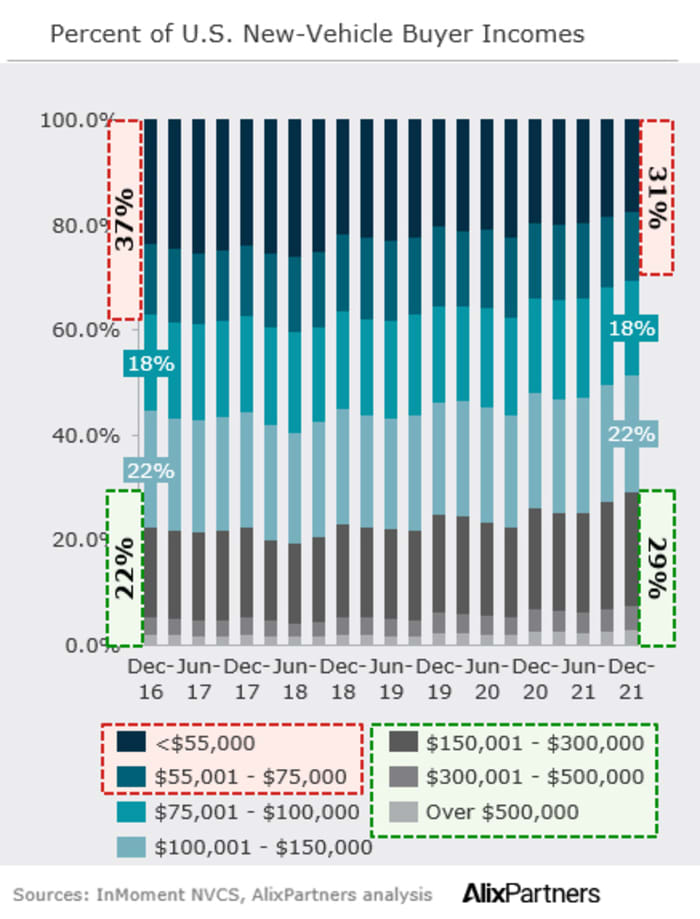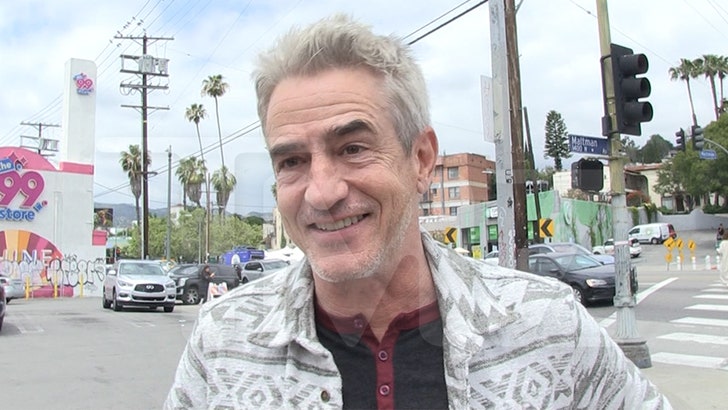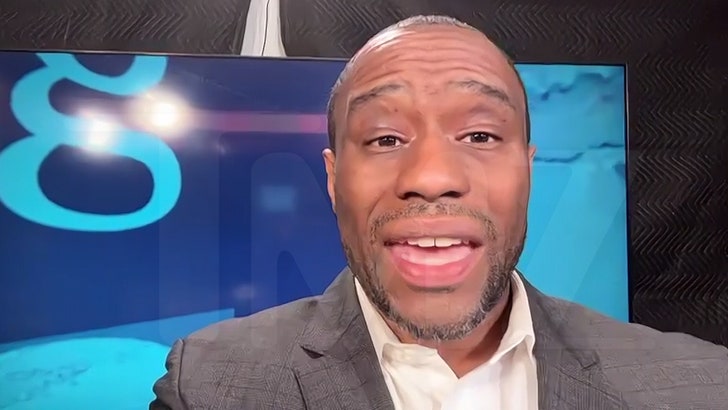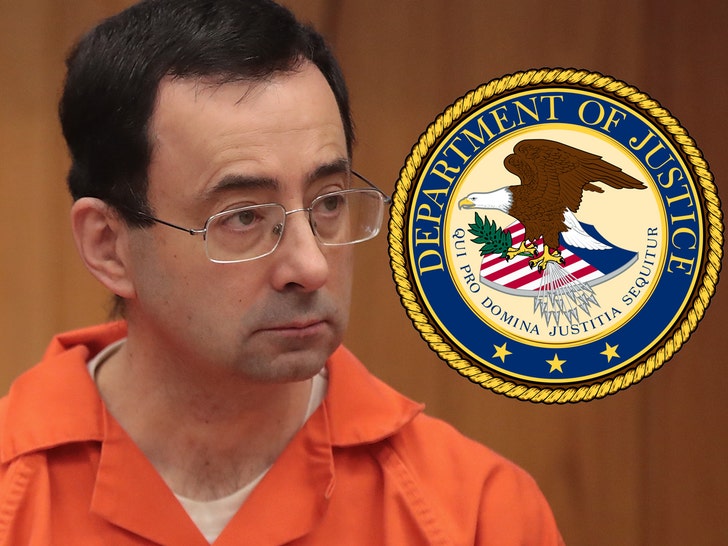
The collapse of Silicon Valley Bank and the banking crisis that it unleashed may tighten auto financing and keep new cars out of reach for an increasingly large number of Americans.
New-car prices have come off highs as some dealership incentives have returned, but the average monthly payment on a new car remains above $700 and the average car price at more than $48,000.
Moreover, people in the highest income brackets now make up a larger portion of new-car buyers.
See also: Sticker shock: ‘MSRP plus’ may be the new normal for car buyers, study finds
Affordability is one of the problems U.S. auto makers such as Tesla Inc.
TSLA,
“If affordability becomes challenging, it will have an impact on their topline,” he said.
Cars have become more expensive as they become loaded with safety features, infotainment, and advance driver assistance systems.
“At some point we are going to hit a wall, and that’s going to be quite a rude awakening,” said Karl Brauer, an analyst with iSeeCars.com.
Heated demand is favoring dealers, he said.
“It’s just ridiculous what people are paying for cars now. I don’t know what percent of the U.S. population can keep paying those prices.”
The answer increasingly has been well-heeled buyers.

In the five years to December, the share of new car buyers earning more than $150,000 a year grew to 29% from 22%, AlixPartners analysis showed.
The percentage of new car buyers earning less than $55,000 and less than $75,000 a year shrunk to 31% from 37% in December 2016.
U.S. buyers have gravitated to pricier SUVs and pickup trucks for years, leading auto makers to cut back or halt production of cheaper sedans.
Only a couple of compact cars sell for less than $15,000, and a robust auto-financing market has meant that many U.S. buyers are tempted to overextend themselves to get pricier cars, with term loans recently creeping above the more usual five years.
And forget cheap, bare-bones cars like those sold in emerging markets such as China. There is no way for the auto makers to make a “reasonable profit” out of the cheaper cars, AlixPartners’ Kumar said.
Plus, consumers want larger cars. “The affordability question is not going to be solved by OEMs building cheaper vehicles,” he said.
Car financing after SVB collapse
Auto financing “remains available” after Silicon Valley Bank and Signature Bank’s collapses, but lending standards could tighten, pressuring the OEMs, analysts at Barclays said in a recent note.
Financing is a key part of the auto market, as about eight out of 10 new cars and four out of 10 used cars are financed.
Don’t miss: Startups and VCs need another Silicon Valley Bank. Can any other bank fill the void?
Regional banks such as the ones that got in trouble are not very big providers of auto loans, but credit unions are, and the banking crisis has shone a light on those lenders too.
About 30% of auto loans are made through credit unions, Barclays said, up from about 20% in the last three years.
The market-share gains have largely come at the expense of banks and auto maker’s finance units, as credit union loan rates are lower: Late last year, according to Barclays, credit-union loan rates were at around 5.5% while banks were at about 7%.
February’s average new-vehicle transaction prices declined from January, Kelley Blue Book said recently. Luxury-brand sales “continued their strong showing, with a 19.5% share of total sales, propping up” the overall industry prices.
Prices slid to an average $48,763, or $705 less than January’s $49,468. Transaction prices, however, were up 5.3%, or by $2,466, from the year ago, Kelley Blue Book said.
New vehicle prices have been above the average manufacturer’s suggested retail price, also known as “sticker price,” for more than a year.
That “MSRP plus,” as some dealers have taken to call prices above sticker price, has shrunk as higher loan rates and concerns about the economy put pressure on demand.
Meanwhile, the estimated typical monthly payment on a new car declined 1.9% to $765 in February, from $781 in January, Cox Automotive said. The average monthly payment peaked at $789 in December.














